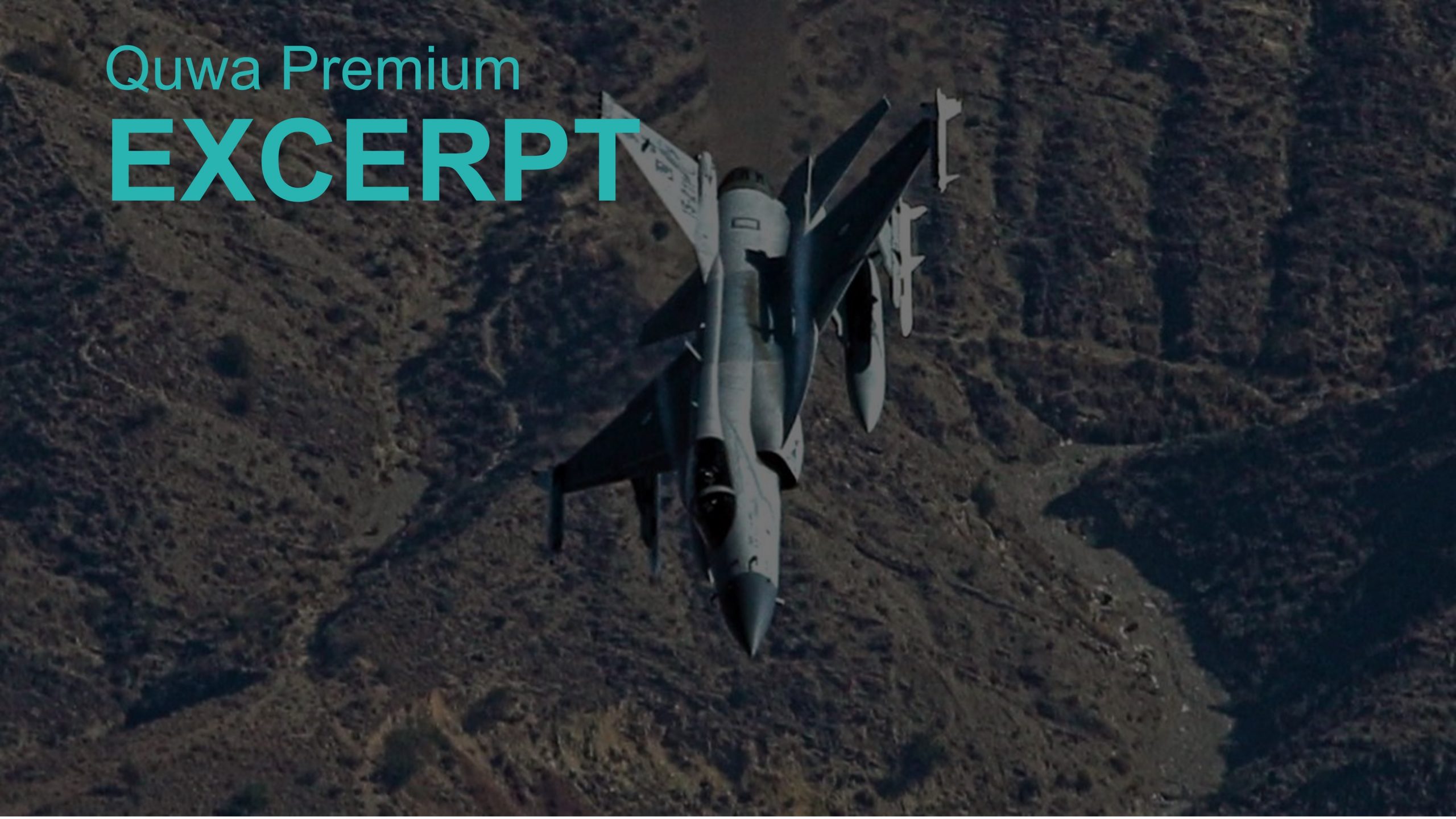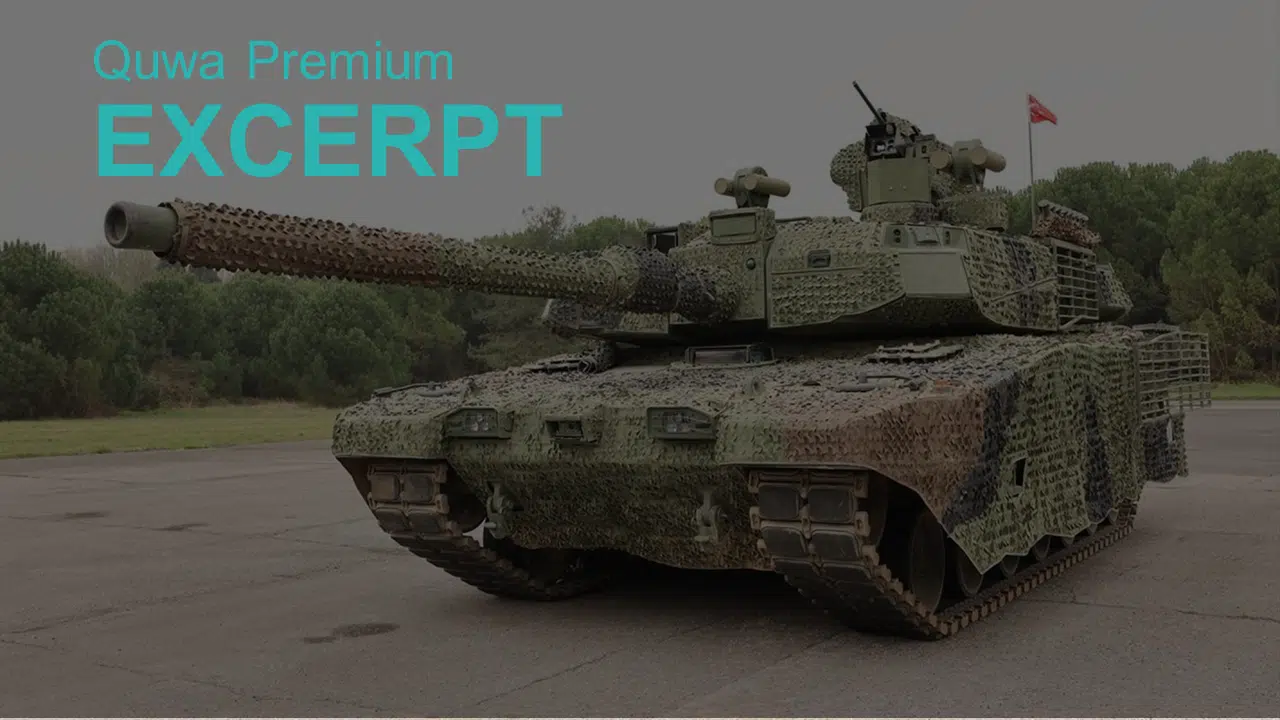2553Views

JF-17 Block-3 Starts Taking Shape
The Pakistan Air Force’s (PAF) next modern fighter aircraft is starting to take shape in terms of its weapons and subsystems integration. The much-awaited JF-17 Block-III, which originally flew in December 2019, is on track to enter serial production by early 2022.[1]
Officially, a primary focus is to integrate the Nanjing Research Institute of Electronics Technology (NRIET) KLJ-7A active electronically scanned array (AESA) radar. The PAF is expecting to fly the first AESA-equipped Block-III in 2021.[2] The AESA radar is the centerpiece of the Block-III, which will be both the most advanced JF-17 variant in the PAF as well as the PAF’s sole fighter with that technology in the short-term.
In addition to much improved target range and engagement capabilities, the KLJ-7A, by virtue of its 1,000+ transmit/receive modules (TRM), offers strong electronic counter-countermeasures (ECCM). The PAF will also equip the Block-III with an integrated electronic countermeasures (ECM) suite, enabling it to operate in contested environments as both a radar-jamming and jamming-resistant jet.
The PAF has yet to officially disclose the AAMs it will equip to the Block-III. However, given the extended targeting range of the KLJ-7A, a longer-ranged AAM is likely. It is not officially known whether the PAF will acquire the PL-15 (or, as Quwa was told in 2018, new versions of the SD-10). Besides range, the PAF would also be interested in an improved no-escape-zone (NEZ) – i.e., an area where the AAM can achieve a high chance of a kill – and ECCM for the seeker against ECM jammers.
In March 2021, a photograph of a JF-17 Block-III prototype (i.e., 3001) equipped with the PL-10 high-off-boresight (HOBS) air-to-air missile (AAM) started circulating online. This could suggest that the PAF opted for the PL-10 as its new within-visual-range (WVR) AAM. Moreover, the full advantage of using the PL-10 would come in combination with a helmet-mounted-display and sight (HMD/S), which the PAF is working on with both Pakistani and Chinese companies (suggesting an original joint-venture).[3]
In terms of air-to-surface capabilities, the JF-17 already fulfills the bulk of the PAF’s requirements. It could already deploy anti-ship cruising missiles (ASCM) – i.e., the C-802 – and the Range-Extension-Kit (REK)-line of precision-guided bombs (PGB). It will also be equipped with the Aselsan ASELPOD targeting pod for use with laser-guided bombs (LGB) and, potentially, laser-guided rockets and missiles. The PAF has a total of 58 ASELPOD targeting pods on order from Turkey.
End of Excerpt (396/1,203 words)
You can read the complete article by logging in (click here) or subscribing to Quwa Premium (click here).
[1] Alan Warnes. “Pakistan’s roaring Thunder.” Air Forces Monthly. May 2021.
[2] Ibid.
[3] Ibid.


